A Guide to Parrot Housing and Enrichment
Once you’ve decided on the type of parrot that’s best for you, it’s time to think about getting an enclosure for your new friend to live in.
Obviously, you will need to buy the enclosure before you pick up your bird as it will need somewhere to live straight away, and you want it to get used to its new surroundings as soon as possible.
As we’ve discussed in other blogs, parrots are very intelligent creatures and as such, need enrichment and engagement to keep them from getting bored.
Feeding a variety of food is one way of keeping your parrot occupied, as we discussed in our Comprehensive Guide to Parrot Food and Nutrition, but buying enrichment products such as toys and items that encourage foraging is also a great idea.
In this blog, we look at which type of enclosure is best for your parrot, and how to keep him or her occupied.
Parrot Homes
The type of enclosure you decide to buy tends to be dictated to three things – the size of your bird, the amount of space you have available, and your budget. Choices range from traditional hanging bird cages to giant outdoor aviaries and include everything in between.
The most important consideration has to be the size of your bird, and there are two things to consider here: wingspan and the width of the head.
The interior of the enclosure must, at the very least, be sufficient for the bird to spread its wings out to their maximum span comfortably. So, find out what the wingspan of your pet is likely to be once it is fully grown, and make sure your enclosure is big enough to accommodate that.
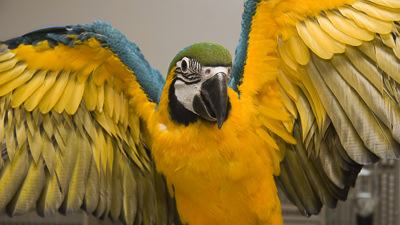
As a rule, we would always advise owners to buy the biggest cage they can afford. The enclosure must allow a couple of inches either side of each wing at maximum spread as a minimum.
A large enclosure also leaves enough room for feed bowls, water bowls, perches and toys without becoming cluttered, so when it comes to cage size, big is beautiful.
However, there is a caveat to this. The size of the enclosure must be balanced with where it is to be located. As we’ve mentioned a number of times, parrots need engagement and interaction, so the cage must be placed in an area that facilitates that. It is better to have a slightly smaller cage in a place where people congregate, such as the lounge, than it is to have a huge cage somewhere people do not go. So, it is important to bear this in mind when planning your pet’s new home.
The other size-consideration when buying a home for your parrot is the spacing of the bars. Parrots are naturally inquisitive, and will try anything to amuse themselves, including sticking their heads between the bars.
But this can be very dangerous. If the parrot gets its head stuck and struggles, it can severely injure itself. This must be avoided, so it is imperative to buy an enclosure with bars spaced close enough together to stop the parrot putting its head through.
Enclosure Design
Often, enclosure design comes down to what will fit well into the space you have, and what will look nice in your home. Some owners like a grand, ornate enclosure that adds a decorative element to the room it’s in, others prefer a more practical solution.
Whichever you go for, there are a couple of things to consider.
First of all, is the door lock secure? Parrots could be considered the Houdinis of the avian world and will try their best to escape. Often, this isn’t because they want to get out of the cage, it is just that they will play with everything, including locks, and have been known to open them.
The same can be said about locks that secure food and water bowls, so ensure these are parrot proof and you’ll avoid an escapee pet and a lot of mess on your carpet!
Speaking of mess, another thing that is a good idea to check is how easy it is to remove the tray and grill from the enclosure for routine, daily checks and cleaning. Well-designed enclosures make this an easy operation, making cleaning your bird out a trouble-free task. A badly designed enclosure can make this basic, daily task a chore.
This may seem a small consideration, but when you have to perform the same operation day in, day out, you’ll be glad you chose an enclosure which easily facilitates it!
Enrichment
So, you’ve picked out an enclosure that is large enough for your bird, that doesn’t allow them to get their head through the bars, that is escape proof, fits nicely into the space you have available, is easily cleaned out and looks great!
Wonderful! What, apart from your beloved new bird, should you put in it?
Well, food and water bowls are essential, obviously. But what else? Your bird will need to be able to entertain him or herself at the times when you are busy, so investing in a few enrichment items is investing in the happiness of your companion.
Enrichment isn’t just about relieving boredom in your pet. It is about enabling them to express as much natural behaviour as possible. Therefore, many of the products created for parrots aim to facilitate this.
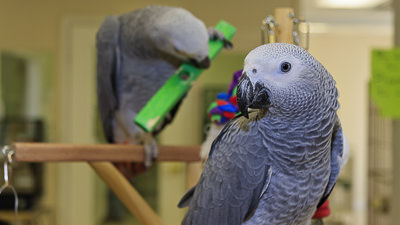
In the wild, parrots spend more than 50 % of their day foraging and eating, making this a good place to start when thinking about enrichment.
We’ve already looked at how different types of food can provide significant enrichment for parrots but there are a range of products you can get too, to encourage foraging.
Foraging is defined as finding food, and parrots spend a lot of time doing this. To elicit this behaviour, there are a whole load of products on the market such as foraging carousels, wheels and toys that can keep your pet entertained for hours. As parrots are natural problems solvers, they will soon get used to how one particular toy works, so it is a good idea to mix them up regularly.
There are lots of simple things you can do to inspire foraging behaviour too, without buying toys. Try covering your parrot’s food bowl so he or she has to remove a kitchen towel before he can eat, put food in an envelope or paper cup, or hiding food in different places around their enclosure.
Chewing
Related to eating and foraging is chewing behaviour, and parrots love to chew. For larger parrots, untreated wood is a great option, as are branches from non-toxic trees, so long as they haven’t been sprayed. They can be given complete with bark. Other objects include corks, and even empty cereal boxes secured in the enclosure.
Smaller birds will happily shred your junk mail or old newspapers, so long as they are just black and white print.
One thing to bear in mind, however, is that putting shreddable material in the bottom of the cage is not recommended for sexually mature parrots, as it can encourage nesting behaviour.
Mental and Physical Workout
Other enrichment toys can give your parrot a physical as well as a mental workout – play gyms, branches, swings, a variety of perches (choose perches with different widths, or better still tapered perches as this helps keep their claws strong).
As with the foraging toys, it is good to mix these up on a regular basis. To ensure your parrot remains entertained, try changing toys once a week.
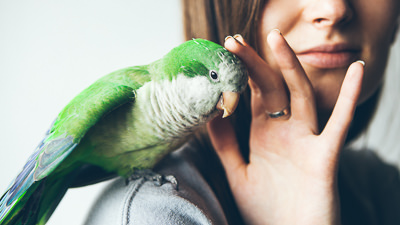
Spending Time with your Parrot
The final, and possibly most important form of enrichment for your parrot, is you. In the wild, parrots spend around 25 % of their waking hours in social interaction and you need to try to mimic this, particularly if you own a single bird. So, let the bird out of its enclosure, training it, play with it, talk to it, generally engage with your parrot as much as you can. That way, you and your companion will get the most out of the relationship.
Our Recent Posts Giving Advice and Guidance on Parrots & Parakeets
Ahoy the Mighty Macaws – the Pirate’s Favourite!
Reading Time: 15 minutes Mention the word parrot and the first thing many people think of is a Macaw. Sat abreast many a pirate’s shoulder in books, TV, films and cartoons, these colourful, long-tailed birds are big, beautiful, instantly recognisable as the archetypal parrot, and always happy to take a tasty treat from their owner.
Johnston & Jeff Appointed as Exclusive Distributor of Innovative New Pelleted Bird Food
Reading Time: 6 minutes We are very excited to have been appointed as the exclusive UK distributor for an innovative new pelleted bird feed. Italian manufacturer Fiory has created a cold pressed pellet range called Micropills, suitable for parrots and parakeets, and has signed an exclusive deal with us to sell it in the UK.
Ring-Necked Parakeets – the UK’s Only Wild Species of Parrot
Reading Time: 8 minutes Did you know that the UK has its own population of wild Parakeets? Yes, that’s right, a wild parrot in Britain and one that is growing in population. In this blog, we take a closer look at the fascinating Ring-Necked Parakeet.



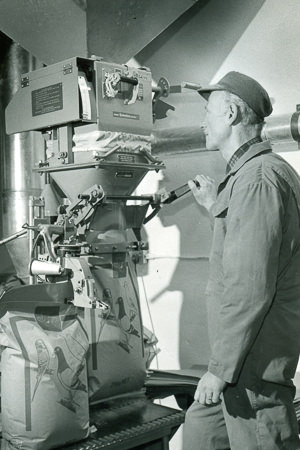
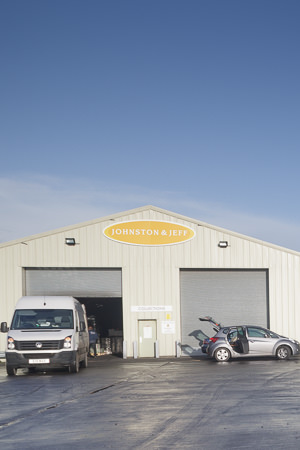





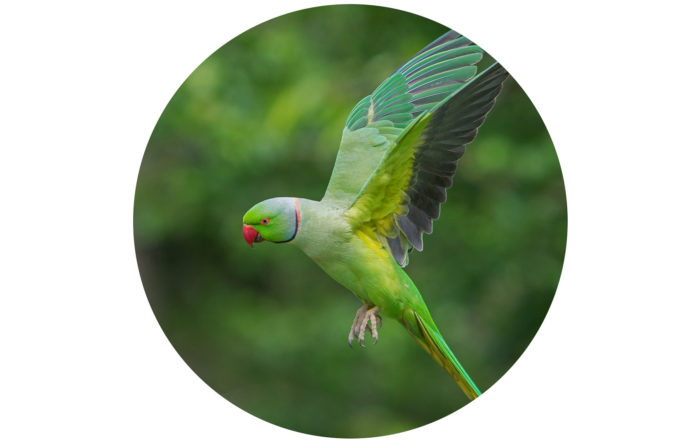
Leave A Comment